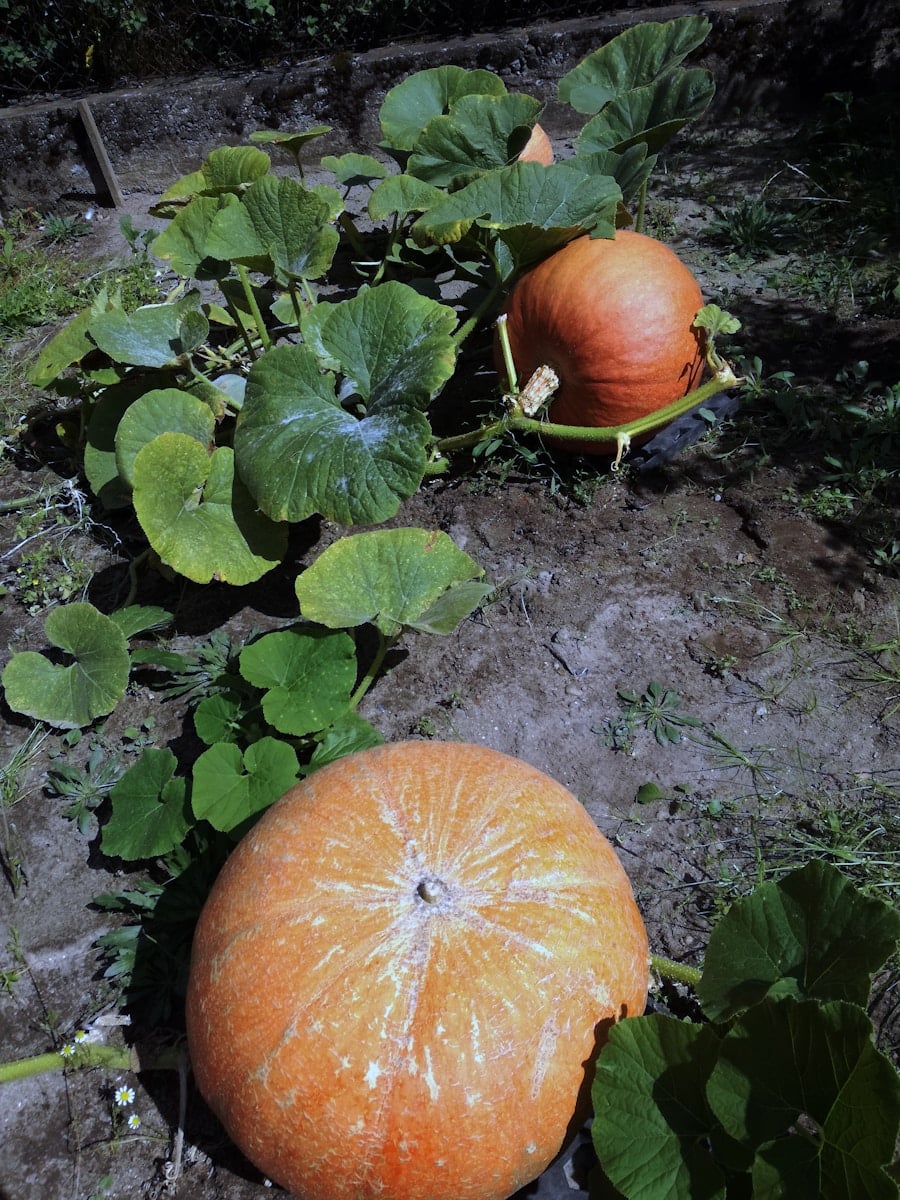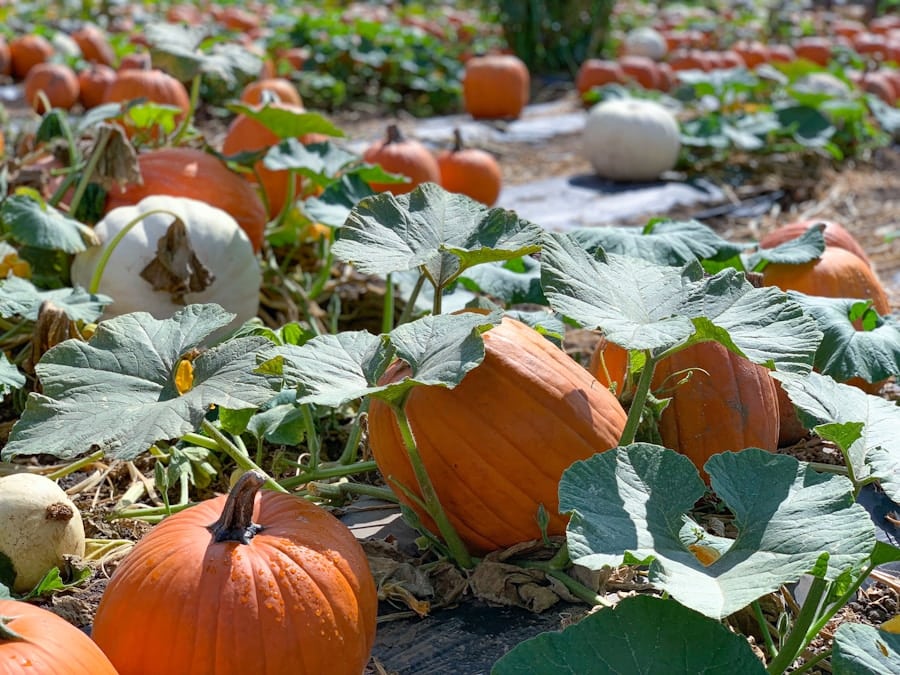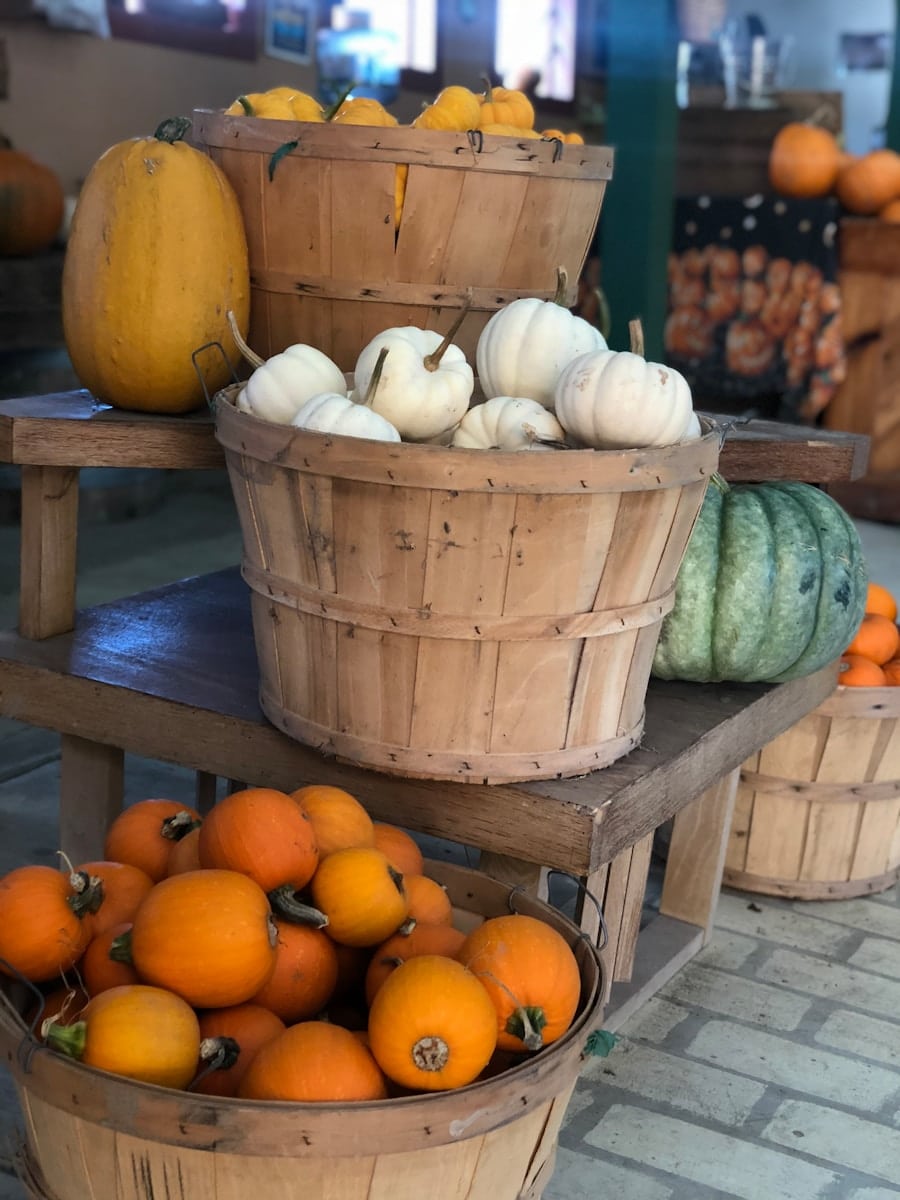Pumpkins and gourds, belonging to the Cucurbitaceae family, have specific nutritional requirements that are crucial for their growth and development. These plants thrive in nutrient-rich soils that provide a balanced supply of macronutrients and micronutrients. The primary macronutrients essential for pumpkins and gourds include nitrogen (N), phosphorus (P), and potassium (K).
Nitrogen is vital for vegetative growth, promoting lush foliage and robust vine development. Phosphorus plays a critical role in root development and flowering, while potassium is essential for overall plant health, aiding in water regulation and disease resistance. In addition to these macronutrients, pumpkins and gourds also require various micronutrients such as calcium, magnesium, sulfur, and trace elements like iron, manganese, and zinc.
Calcium is particularly important for preventing blossom end rot, a common issue in pumpkins. Magnesium aids in chlorophyll production, which is essential for photosynthesis. Understanding these nutritional needs allows gardeners to create a tailored fertilization plan that supports healthy growth and maximizes yield. Check out the latest fertilizers for your garden at Soil Compost.
Key Takeaways
- Pumpkins and gourds require a balanced nutritional intake, including nitrogen, phosphorus, and potassium, for healthy growth and fruit development.
- When selecting fertilizer for pumpkins and gourds, look for a balanced NPK ratio, such as 5-10-10, to support both foliage and fruit production.
- Fertilizer should be applied at planting, during vine development, and when fruits are forming to ensure consistent and adequate nutrient supply.
- To maximize fertilizer absorption and effectiveness, water the plants before and after application, and avoid over-fertilizing to prevent nutrient burn.
- Organic fertilizers offer long-term soil improvement, while synthetic fertilizers provide quick and targeted nutrient delivery for pumpkins and gourds.
Selecting the Right Fertilizer for Pumpkins and Gourds
Initial Planting
A balanced fertilizer with an N-P-K ratio of 5-10-10 or 10-10-10 is often recommended for initial planting, as it provides a good mix of nutrients to support early growth.
Maturation and Fruit Development
the plants mature and begin to flower, a fertilizer higher in phosphorus and potassium, such as a 5-20-20 formulation, can be beneficial. This shift in nutrient focus encourages strong root systems and enhances fruit development.
Organic Fertilizers
Organic fertilizers, such as compost or well-rotted manure, can also be excellent choices for pumpkins and gourds. These natural amendments not only provide essential nutrients but also improve soil structure and microbial activity. Compost enriches the soil with organic matter, which helps retain moisture and promotes healthy root growth. Additionally, organic fertilizers release nutrients slowly over time, reducing the risk of nutrient leaching and providing a steady supply of nourishment throughout the growing season.
Timing and Frequency of Fertilizer Application

The timing of fertilizer application is critical to ensure that pumpkins and gourds receive nutrients when they need them most. Generally, the first application should occur at planting time, incorporating fertilizer into the soil to give seedlings a strong start. As the plants grow, a second application can be made when they begin to vine out, typically around mid-summer.
This timing coincides with the plant’s increased nutrient demands as it develops foliage and prepares for flowering. Frequency of application can vary based on the type of fertilizer used. For granular fertilizers, a slow-release option may only require one or two applications during the growing season.
In contrast, liquid fertilizers may need to be applied more frequently—every two to four weeks—depending on the concentration and the specific needs of the plants. Monitoring plant health and soil nutrient levels can help determine if additional applications are necessary. For more information on the importance of fertilizer application timing, you can visit the University of Minnesota Extension website.
Applying Fertilizer for Maximum Absorption and Effectiveness
| Fertilizer Type | Application Rate (lbs/acre) | Application Method | Time of Application |
|---|---|---|---|
| Nitrogen (N) | 100-200 | Broadcast or Banding | Early morning or late afternoon |
| Phosphorus (P) | 50-100 | Broadcast or Side-dressing | Before planting or during early growth stage |
| Potassium (K) | 150-300 | Broadcast or Foliar spray | During active growth period |
To maximize the effectiveness of fertilizer applications, proper application techniques are essential. For granular fertilizers, it is advisable to apply them evenly around the base of the plants, avoiding direct contact with the stems to prevent burning. Incorporating the fertilizer into the top few inches of soil can enhance nutrient availability by promoting microbial activity that breaks down the nutrients for plant uptake.
When using liquid fertilizers, dilution according to package instructions is crucial to prevent over-fertilization. Applying liquid fertilizers during cooler parts of the day—early morning or late afternoon—can reduce evaporation losses and improve absorption rates. Additionally, watering the plants after applying liquid fertilizer helps wash nutrients into the root zone where they can be readily absorbed by the plants.
The debate between organic and synthetic fertilizers is ongoing among gardeners and agriculturalists alike. Organic fertilizers are derived from natural sources such as plant or animal matter and are often favored for their environmental benefits. They improve soil health by enhancing microbial activity and increasing organic matter content.
However, organic fertilizers typically release nutrients more slowly than synthetic options, which may not meet the immediate needs of fast-growing crops like pumpkins. On the other hand, synthetic fertilizers provide a concentrated source of nutrients that can be quickly absorbed by plants. They are often formulated to deliver specific nutrient ratios tailored to particular growth stages.
However, over-reliance on synthetic fertilizers can lead to soil degradation over time, as they do not contribute organic matter or improve soil structure. Additionally, synthetic fertilizers can pose risks of nutrient runoff into waterways if not applied judiciously.
Troubleshooting Common Fertilizer-Related Issues
Nutrient Deficiencies: A Common Problem
Despite careful planning, gardeners may encounter various fertilizer-related issues when growing pumpkins and gourds. One common problem is nutrient deficiency, which can manifest as yellowing leaves or stunted growth. For instance, nitrogen deficiency often results in pale green leaves and poor vine development, while phosphorus deficiency may cause dark green or purplish leaves with poor flowering.
The Dangers of Over-Fertilization
Over-fertilization is another issue that can arise, leading to salt buildup in the soil or fertilizer burn on plant roots.
Addressing Fertilization Issues
To address this issue, it may be necessary to flush the soil with water to dilute excess salts or adjust future fertilization practices based on soil tests that indicate nutrient levels.
Complementary Practices to Enhance Fertilizer’s Impact

In addition to proper fertilization techniques, several complementary practices can enhance the effectiveness of fertilizers for pumpkins and gourds. Crop rotation is one such practice that helps maintain soil health by preventing nutrient depletion and reducing pest pressures. By rotating pumpkins with legumes or other crops that fix nitrogen in the soil, gardeners can naturally enhance soil fertility.
Mulching is another beneficial practice that conserves moisture while suppressing weeds that compete for nutrients. Organic mulches like straw or wood chips break down over time, adding organic matter back into the soil and improving its overall structure. Additionally, regular soil testing can provide valuable insights into nutrient levels and pH balance, allowing gardeners to make informed decisions about fertilization strategies tailored to their specific growing conditions.
Harvesting and Storing Pumpkins and Gourds for Maximum Longevity
Harvesting pumpkins and gourds at the right time is crucial for ensuring maximum longevity during storage. The ideal time to harvest is when the fruit has reached its full color and the skin has hardened significantly; this indicates maturity. A good test is to press your fingernail against the skin; if it resists puncturing, it’s ready for harvest.
Additionally, cutting the fruit from the vine with a sharp knife while leaving a few inches of stem attached can help prevent rot during storage. Once harvested, proper storage conditions are essential for extending shelf life. Pumpkins and gourds should be stored in a cool, dry place with good air circulation to prevent moisture buildup that could lead to decay.
Ideal storage temperatures range from 50°F to 60°F (10°C to 15°C). Regularly checking stored fruits for signs of spoilage allows gardeners to address any issues promptly, ensuring that their harvest remains fresh for as long as possible. By understanding the nutritional needs of pumpkins and gourds, selecting appropriate fertilizers, timing applications correctly, applying them effectively, weighing organic versus synthetic options, troubleshooting issues, implementing complementary practices, and harvesting properly, gardeners can cultivate healthy plants that yield bountiful harvests while maximizing storage longevity.
If you’re looking to grow pumpkins and gourds successfully, it’s important to understand the role of fertilizer in their growth. One helpful article to check out is When and How to Harvest Broccoli for Best Results, which provides valuable insights on timing and techniques for harvesting vegetables. By learning about the best practices for harvesting broccoli, you can apply similar principles to fertilizing pumpkins and gourds to ensure a bountiful harvest.
FAQs
What is the best fertilizer for pumpkins and gourds?
The best fertilizer for pumpkins and gourds is one that is high in potassium and phosphorus, such as a 5-10-10 or 10-10-10 fertilizer. These nutrients help promote healthy fruit development and overall plant growth.
When should I fertilize my pumpkins and gourds?
It is best to fertilize pumpkins and gourds when they are actively growing, which is typically in the early stages of their development. This is usually around the time when the plants start to vine and produce flowers.
How often should I fertilize my pumpkins and gourds?
Pumpkins and gourds should be fertilized every 2-3 weeks during their active growing period. Once the fruits start to develop, you can reduce the frequency of fertilization to once a month.
Can I use organic fertilizers for pumpkins and gourds?
Yes, organic fertilizers such as compost, manure, or fish emulsion can be used for pumpkins and gourds. These natural fertilizers provide essential nutrients to the plants and improve soil health.
Should I use a slow-release fertilizer for pumpkins and gourds?
Using a slow-release fertilizer can be beneficial for pumpkins and gourds as it provides a steady supply of nutrients over an extended period of time. This can help promote consistent growth and fruit development.

